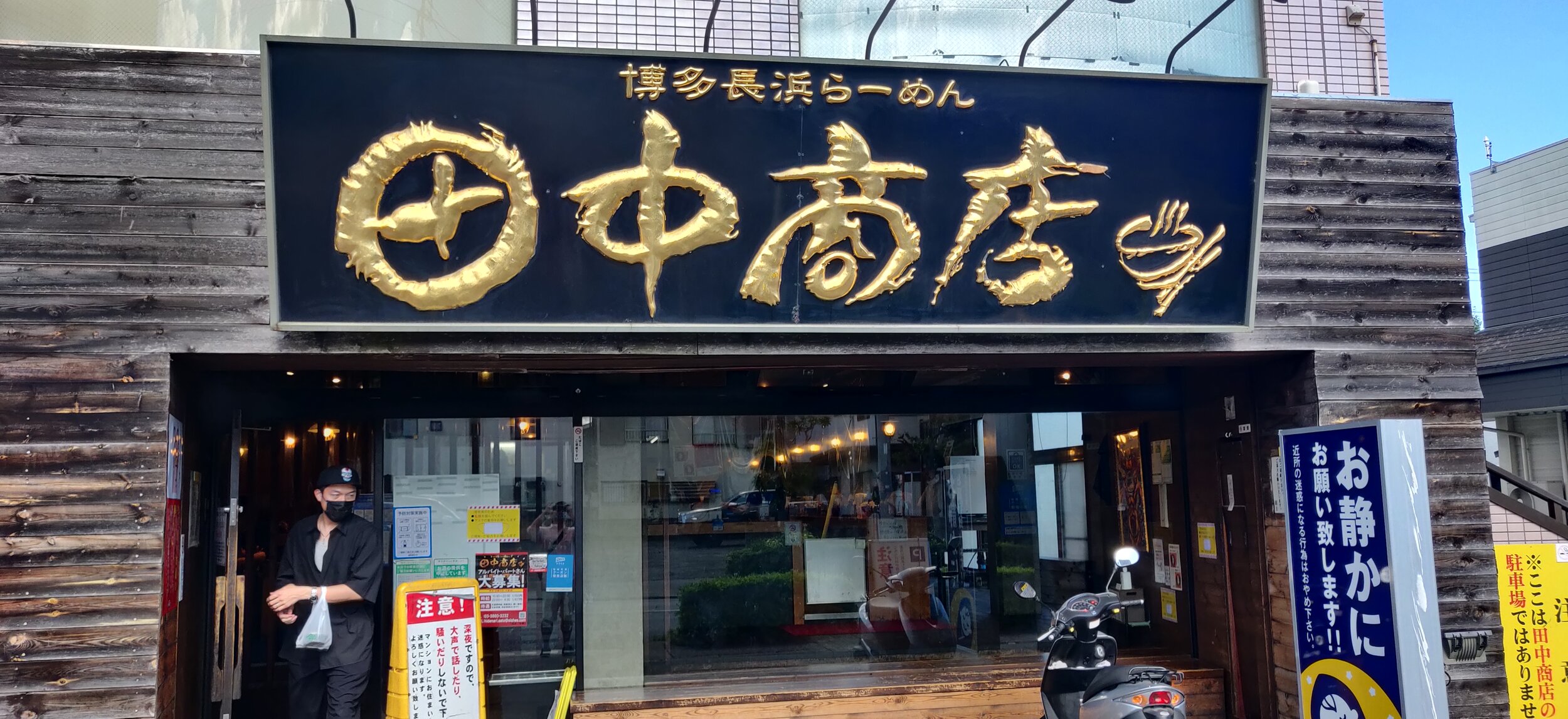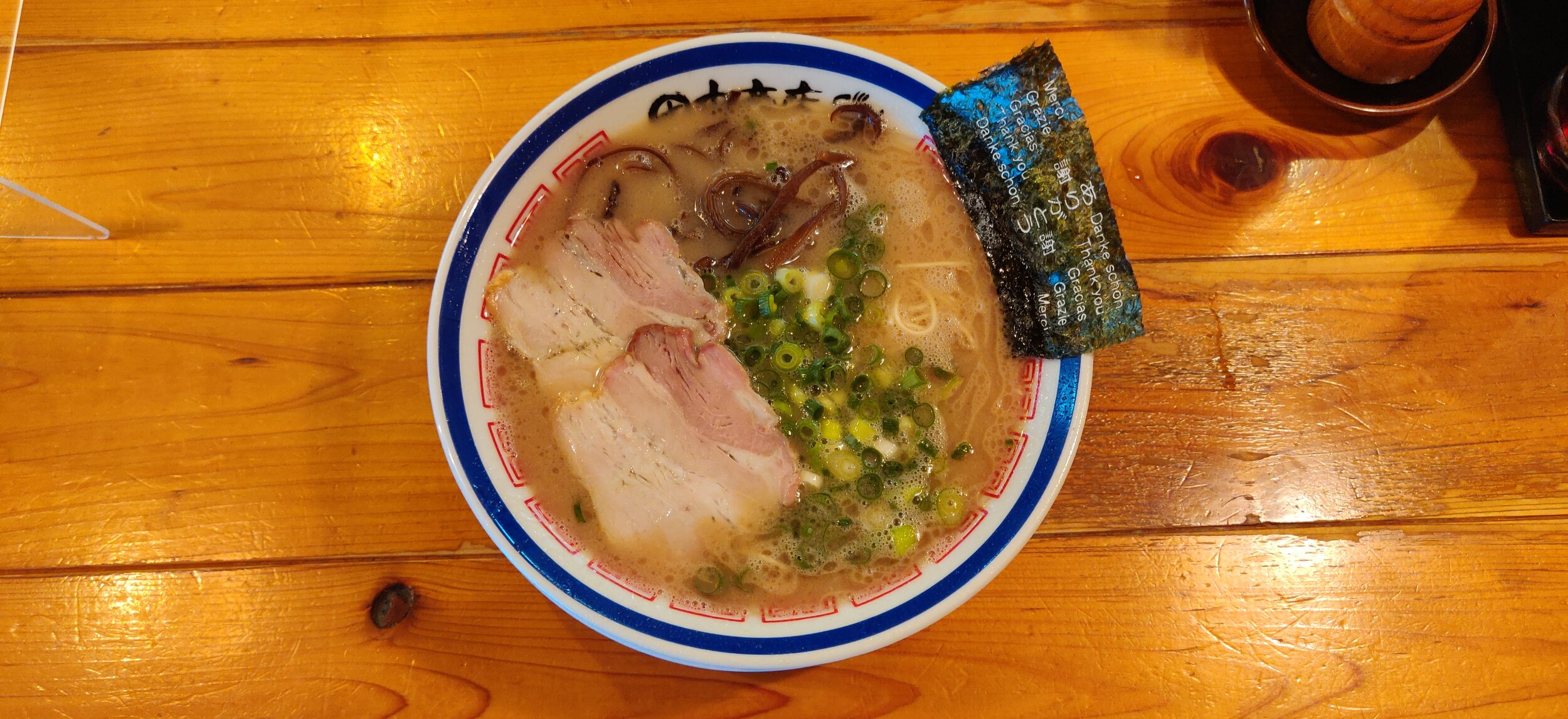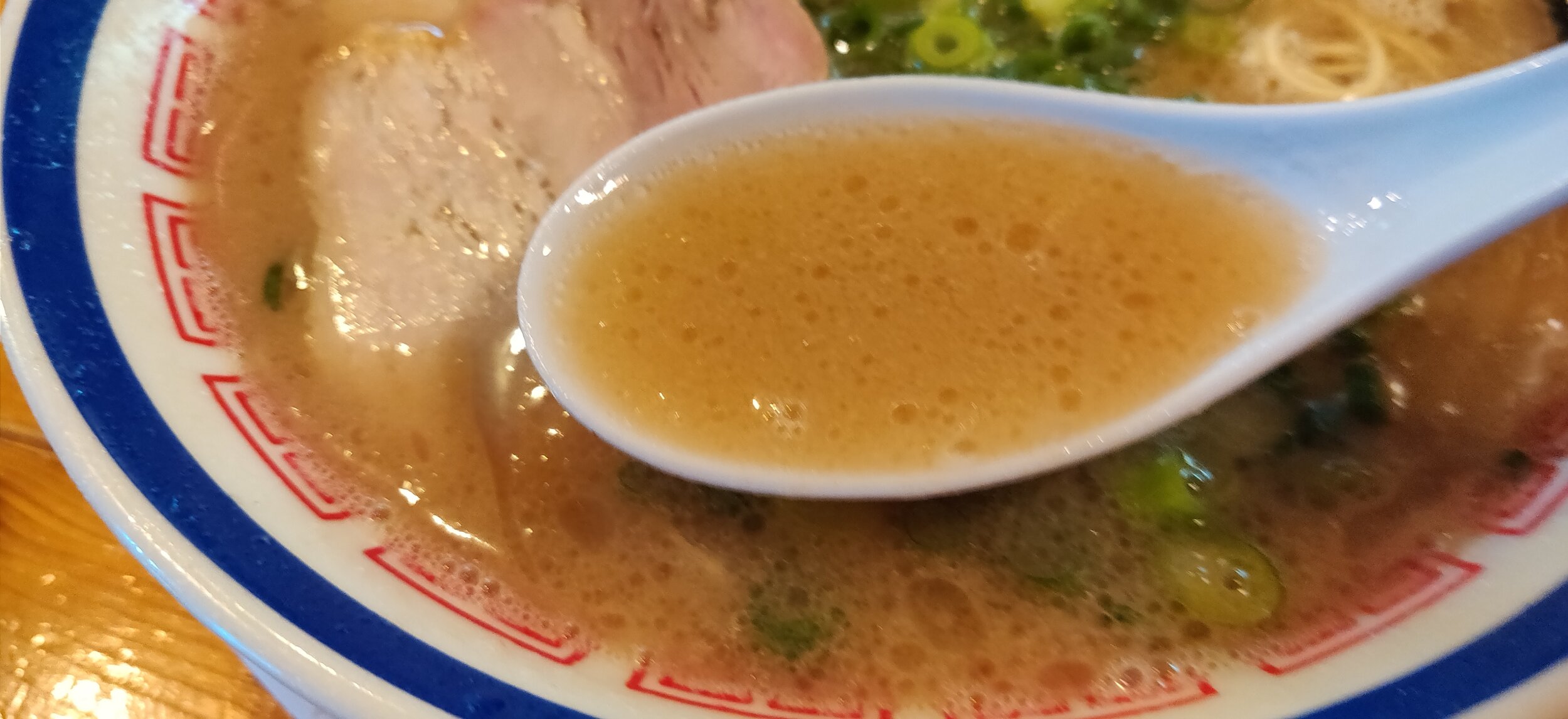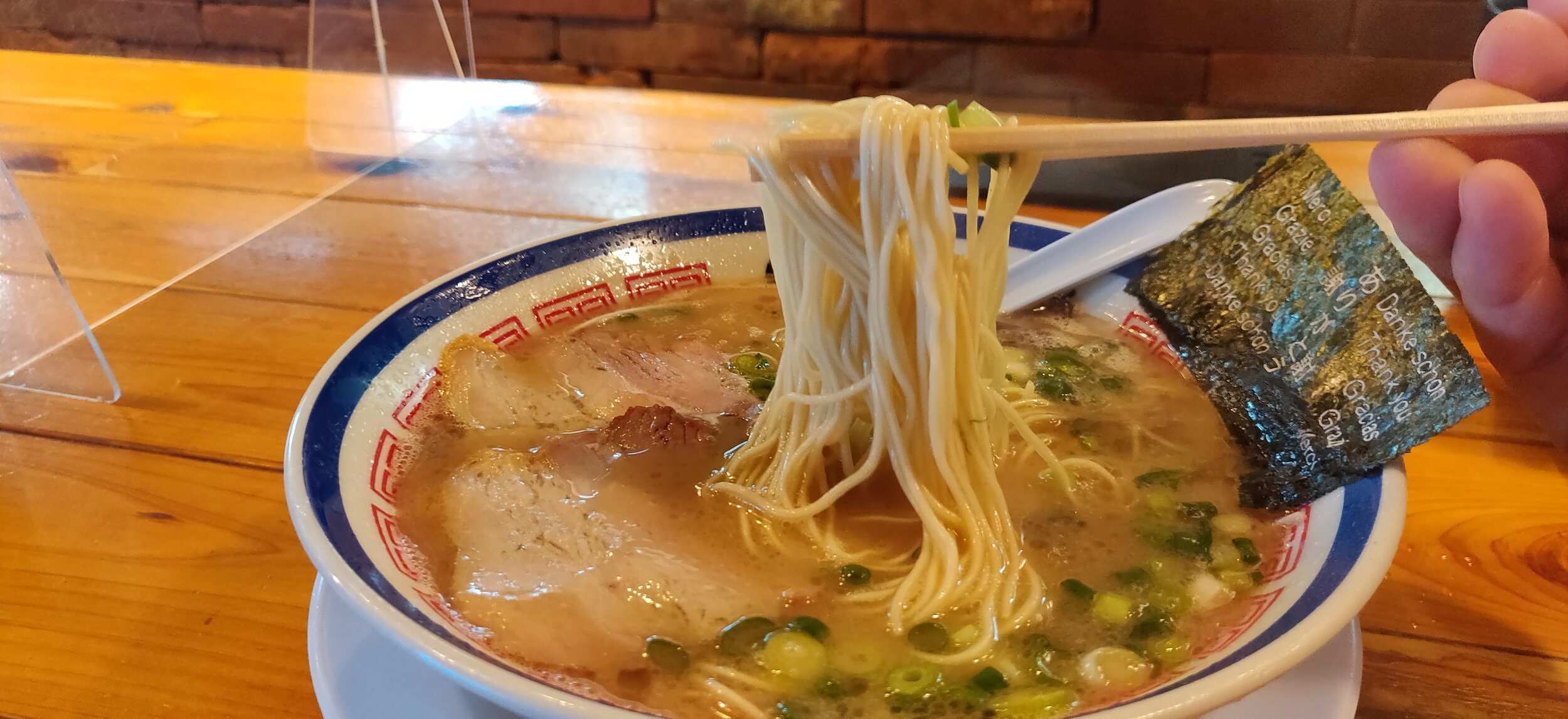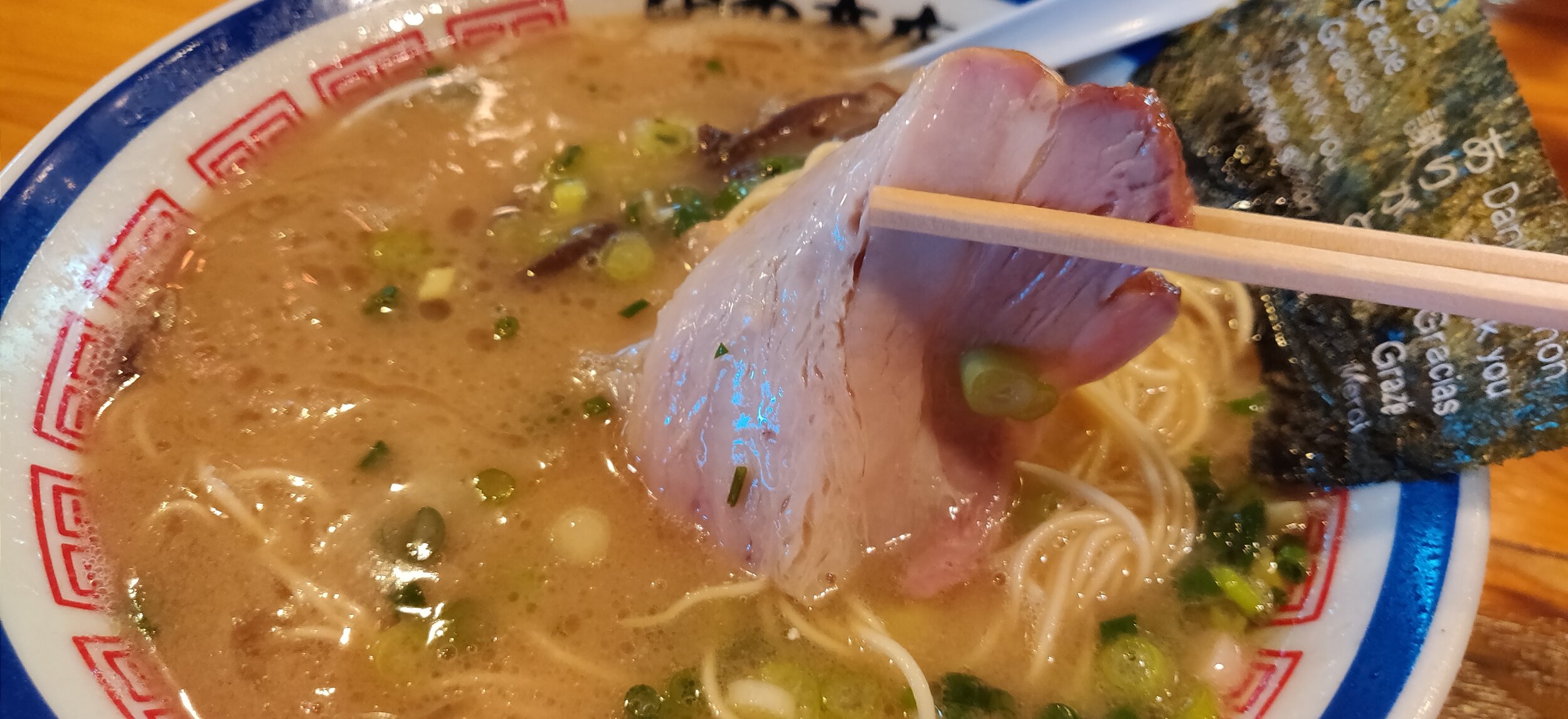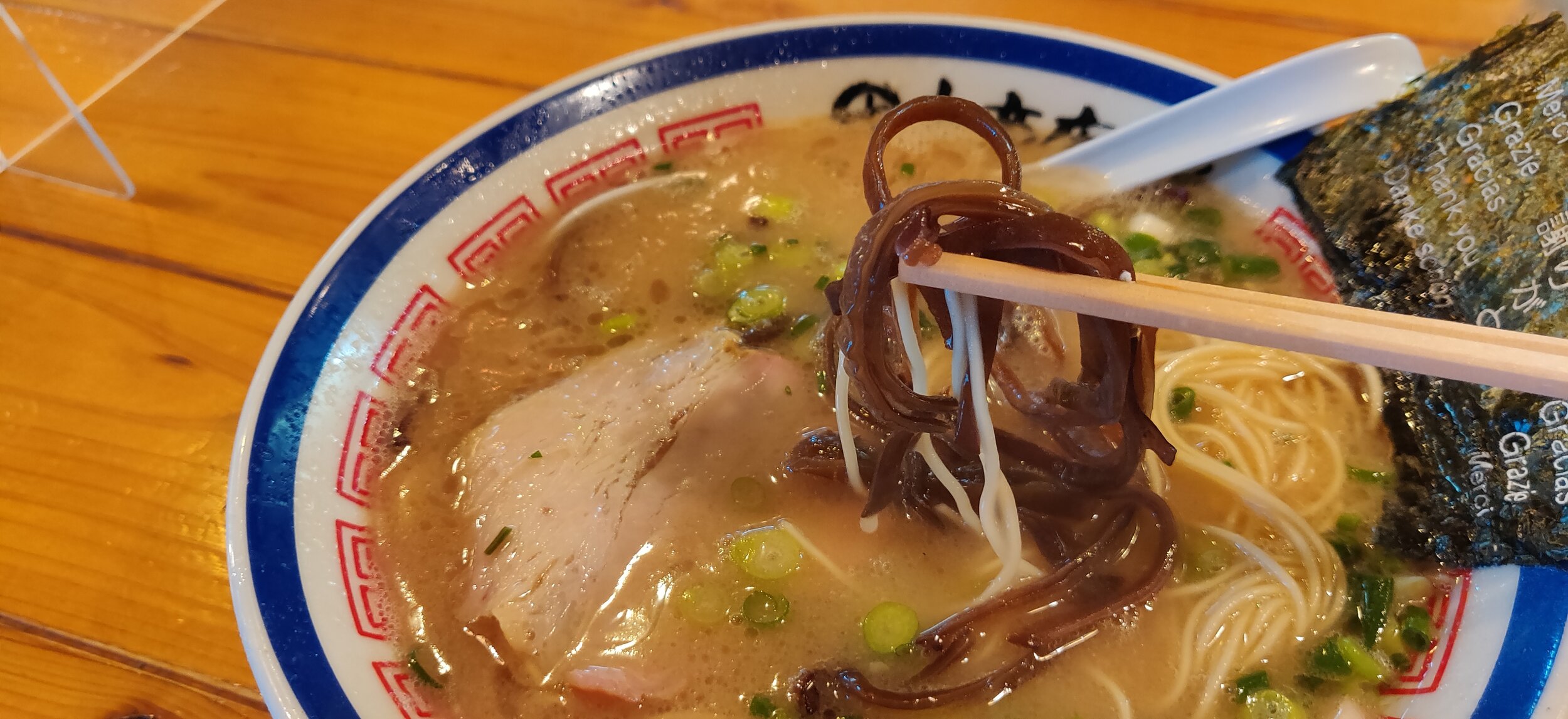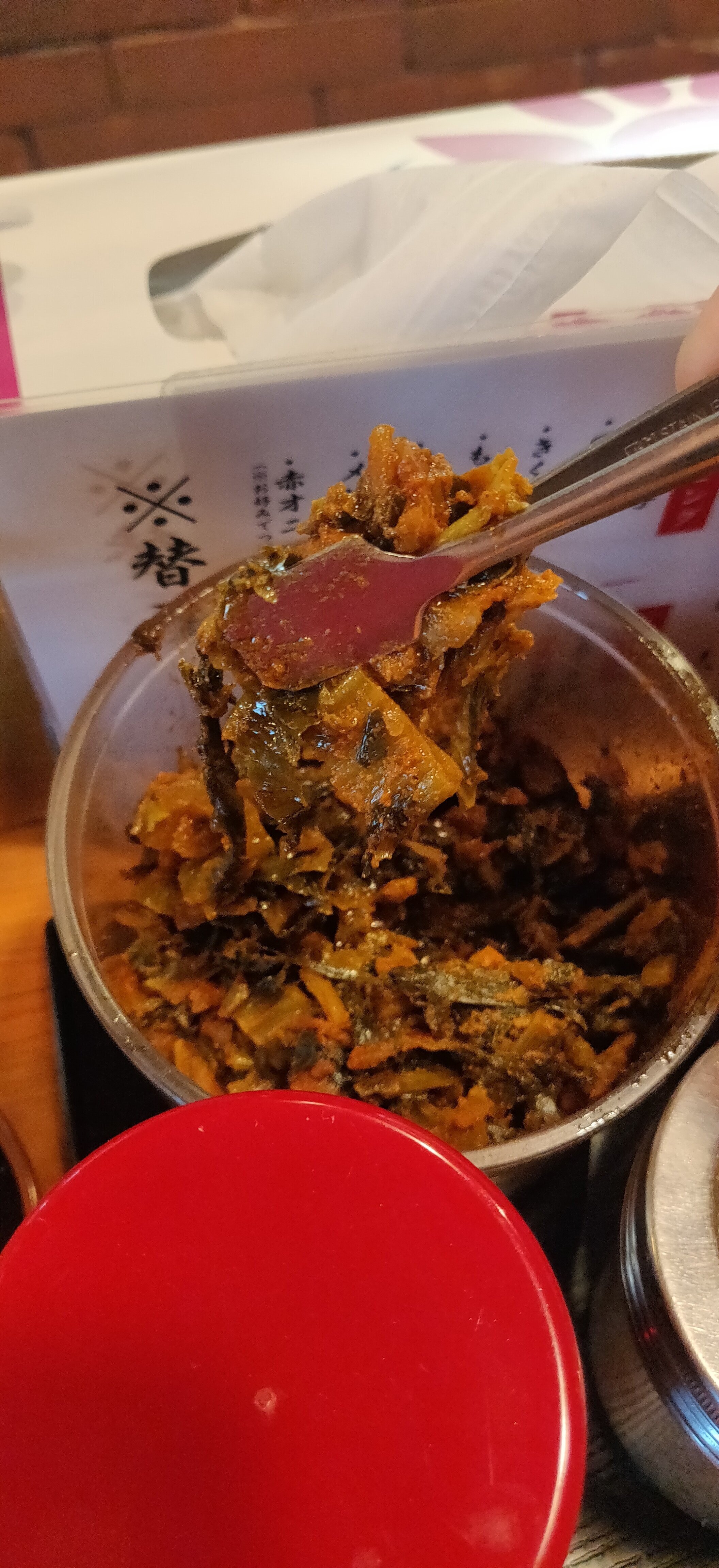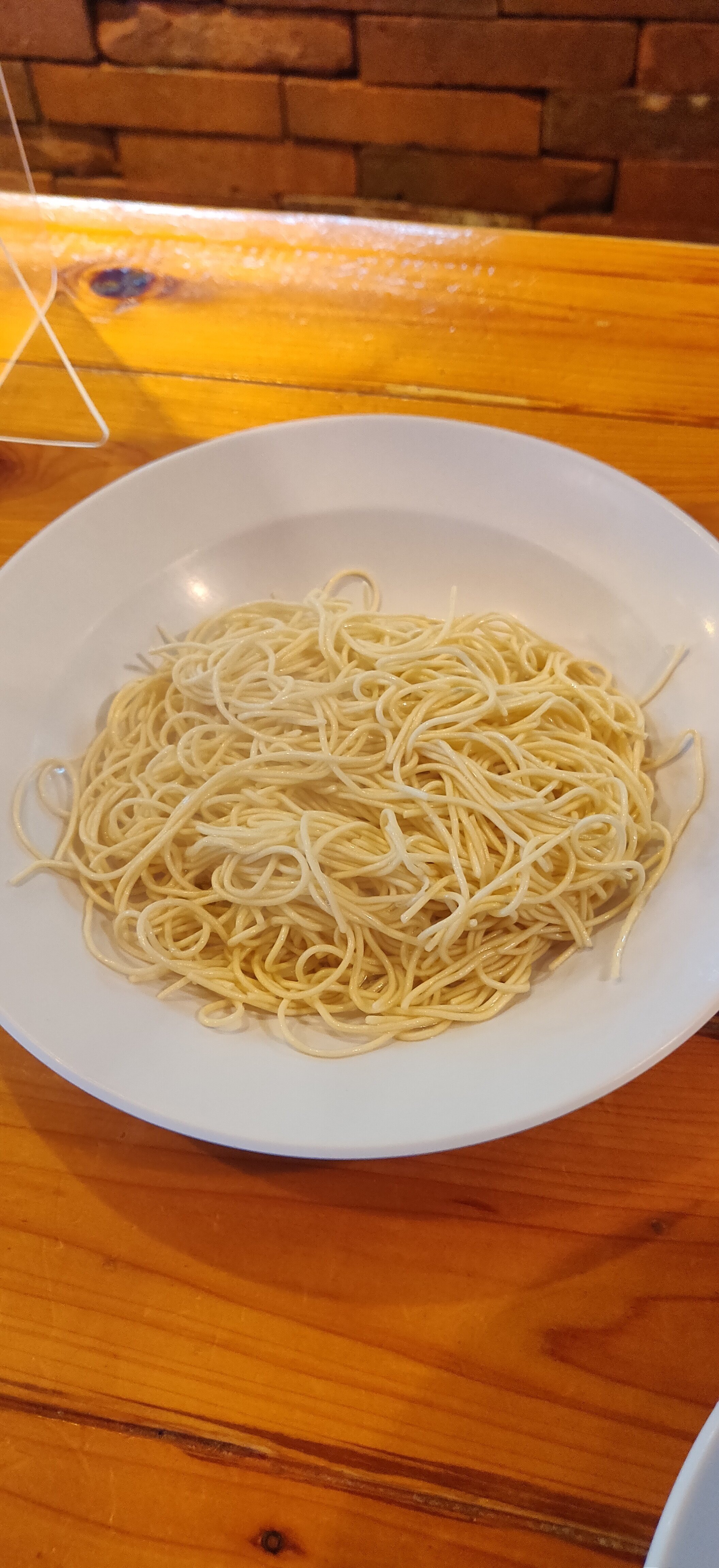Tanaka Shoten (博多長浜らーめん 田中商店) The King of Tokyo Hakata Ramen?; Rokucho, Tokyo
When it comes to Hakata ramen, Tokyo obviously is not the best city to visit. If you want a more authentic Hakata ramen experience, you need to go to the source in Fukuoka and venture around the many shops the prefecture has to offer. If however, you’re unable to fit a trip to Fukuoka in your Japan itinerary, or you live in Tokyo and you’re just having a hankering for some thick Tonkotsu soup, Tanaka Shoten is definitely your best bet to get the most legendary bowls of Hakata ramen Tokyo has to offer. The shop is located about a 10 minute walk from Rakucho station so it is a bit of a trek from central Tokyo, but personally I think it’s definitely worth the travel. Tanaka Shoten is only open at night from 18:00 to 4:00 am, so pairing your visit before a night out drinking, or as a finisher to soak up some of the alcohol you have lingering in your body makes the experience that much more fun and memorable. They do in fact serve alcohol when not during the state of emergency so it can be the perfect place to pregame or have a nightcap before heading to sleep. Shop is also quite spacious and have both counter seating as well as a big table seating so come with your friends, you’ll have no problems finding a seat.
Menu is quite simple and I believe they have an English version available if you ask, but just in case, here is the translation. No ticket machine here, you have to order through the server once you’re seated. From the very right you have Ramen, Negi Ramen with extra green onions, Chashumen with extra pork chashu, and Negi-Chashumen which comes with extras for both green onions and pork chashu. On the top left are the toppings which from right to left are Aji-tsuke Tamago (marinated egg), Nori (dried seaweed), Kikurage (wood ear mushrooms), Moyashi (bean sprouts), Kanto Negi (green onions), Menma (bamboo shoots), and Akaoni (chili powder). On the bottom are sides and drinks, which from right to left are Mentai Gohan (rice with spicy roe), Kankoku-fu Mentai Gohan (Korean style rice with spicy roe), Gohan (rice), Nama Beer medium and large (beer), Sour (shochu mixed with your choice of lemon or grapefruit juice), Otsumami Mentai (spicy roe on the side), and Tsumami Yakibuta (chashu on the side). On the very far left is Kaedama (extra noodles) for 130 yen.
Pictured is the regular ramen. I actually went and ate at three different Hakata ramen shops in Tokyo this day so I was conserving space by ordering the simple bowl for each of the shops. I was quite satisfied with my order, but I can see people ordering the bowl with both extra green onions and pork chashu as they do make for a more filling meal. Bowl comes with a bit of Kikurage wood ear mushrooms and a slice of Nori dried seaweed as well.
In terms of the soup, I was actually surprised that this wasn’t creamier and thicker as you often hear how people love their Hakata to be super impactful and emulsified. I figured Tanaka Shoten would cater to those needs and make a super rich, pork overload soup, but while the pork flavor is admittedly quite intense, it doesn’t have the pungent pork stench that you would regularly experience with cheaper Hakata style chain shops. What separates Tanaka Shoten is their use of the Yobi Modoshi method which incorporates new soup with old by combining different batches of their stock from different days before serving. The process is a three day ordeal and uses pork femurs, heads, feet, and fat to provide a different array of pork flavors as well as give the soup a smooth consistency. The bones are added in intervals throughout the three days to ensure fresh bones are added continuously which helps maintain that vibrant pork flavor.
Noodles are sourced out, surprisingly, but is made specifically for the shop so it has a great pairing with the soup. You can order Hakata style noodles in different cook times from borderline raw to almost melting in to the soup. Most will order them Barikata, or Katame which is extra hard, or hard, but Hakata enthusiasts will recommend trying it futsu (regular) or yawarakame (soft) on your first bowl as it soaks up the soup better and gives a more rounded flavor of the ramen as a whole. I typically go for Futsu, or regular the first bowl and go for Barikata with any subsequent noodle orders. As you can see, I also received a bit of pork chashu and kikurage wood ear mushrooms with my bowl which gave it some fantastic substance as well as some much needed texture variety. If I were to have ordered an additional topping, I probably would have gone for the extra green onions as the refreshing crunch it provided was a nice touch to the intense soup.
And even though this was my third bowl of the day, I couldn’t help, but order the Kaedama extra noodles and just threw portion control out the window. Honestly, the most enjoyable part of Hakata ramen is the ability to really customize and change up the soup throughout the course of the meal and it almost feels like a waste of soup to not have extra noodles to provide a canvas for your customization. Some garlic, pickled ginger, and sesame seeds were available at the table, but I opted to add some of the spicy mustard green for my second noodle serving for a bit of heat to the end of my meal. Really changed up the entire profile of the bowl and I loved how earthy the mustard greens were. Just for a little of acidity and to cleanse my palette a bit, I ended up throwing in some of the pickled ginger as well which is a classic, but always solid topping choice.
Now all in all, I think Tanaka Shoten is no longer the King of Hakata in Tokyo as so many has since opened putting their own unique twist and years of experience into their Hakata bowls, but if you want a legendary shop of this style in Tokyo and still want to try what essentially helped kick start the Hakata boom, I definitely recommend making the visit at least once. It is quite the trek, but it makes for a memorable experience and a solid night of Hakata ramen.
